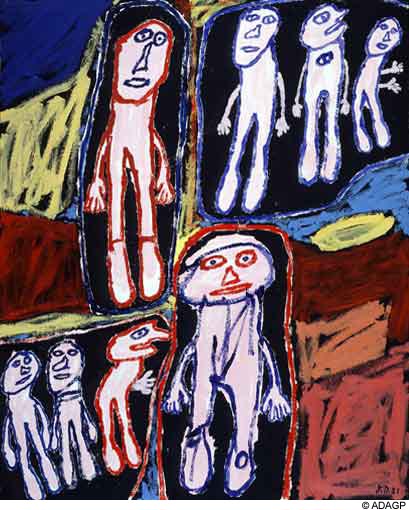Early to Mid 20th Century Japanese Art

Early to Mid 20th Century Japanese Art Hasui, Kawase. Moonlight over Lake Kamo in Sado Island . 1921, Minneapolis Institute of Art, MN, United States. Koitsu, Tsuchiya. Spring Rain at Matsushima . 1936, National Museum of Asian Art, DC, United States. Takeji, Fujishima. Shirahama Hot Spring . 1940, Ukiyo-e Search, https://ukiyo-e.org/image/artelino/19043g1 Hiroshi, Yoshida. Kawaguchi Lake, from the series Ten Views of Fuji . 1926, National Museum of Asian Art, DC, United States. My Thoughts Researching these paintings has led me to discover just how beautiful woodblock prints are. After the Ukiyo-e period of art, woodblock prints regained popularity. As such, it's equal parts surprising and appreciable that the technique- which dates back to as early as 220 AD- managed to become so widespread during the early 20th century. While woodblock printing has largely phased out today due to modern printing methods, the style is still practiced by niche artists, keeping it alive eve

